Introduction to Rational Choice Theory in Social Work
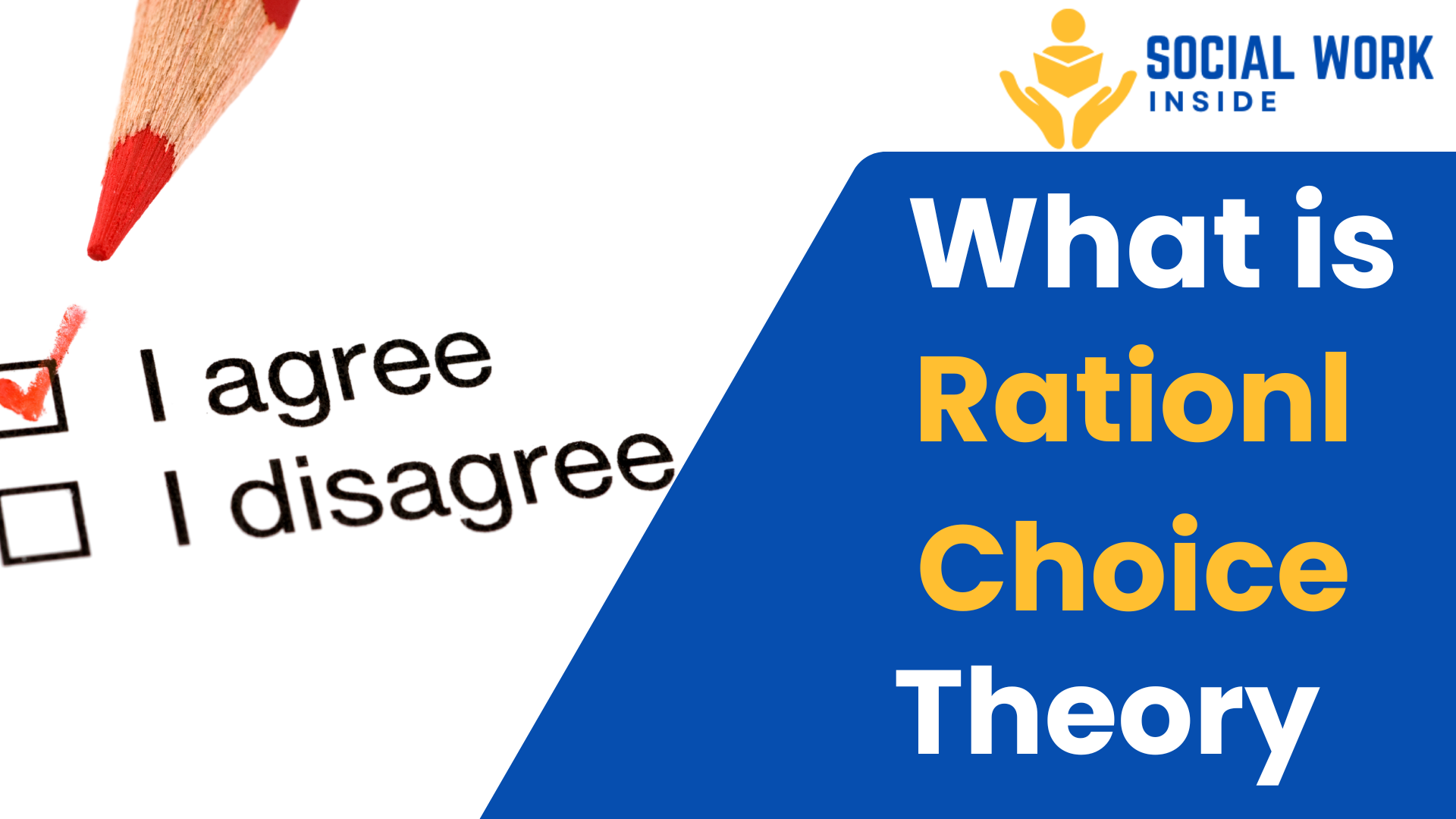
Rational Choice Theory (RCT) is a dynamic framework that celebrates human agency, offering a hopeful perspective on decision-making across disciplines. By framing choices as purposeful and goal-oriented, RCT inspires innovative solutions in economics, criminology, and even social work. Let’s explore its strengths, uplifting applications, and how it evolves alongside modern challenges!
Key Concepts: Celebrating Human Agency
- Empowered Decision-Makers: RCT highlights how individuals confidently pursue their goals.
- Balanced Choices: People thoughtfully weigh benefits (e.g., safety, income) and costs (e.g., risks, effort).
- Foundational Optimism of Rational Choice Theory
- Adam Smith: Celebrated self-interest as a driver of societal progress.
- Gary Becker: Showed how rational choices can improve family and community well-being.
Today, it’s a key tool in social sciences, helping experts predict choices in everything from shopping to voting. Its long history shows how powerful logical decision-making can be!
Assumptions of Rational Choice Theory
RCT assumes people have clear goals, know their options, and choose the best one. While real life can be messy, this framework simplifies complex decisions. It’s like a roadmap for understanding why we pick one path over another!
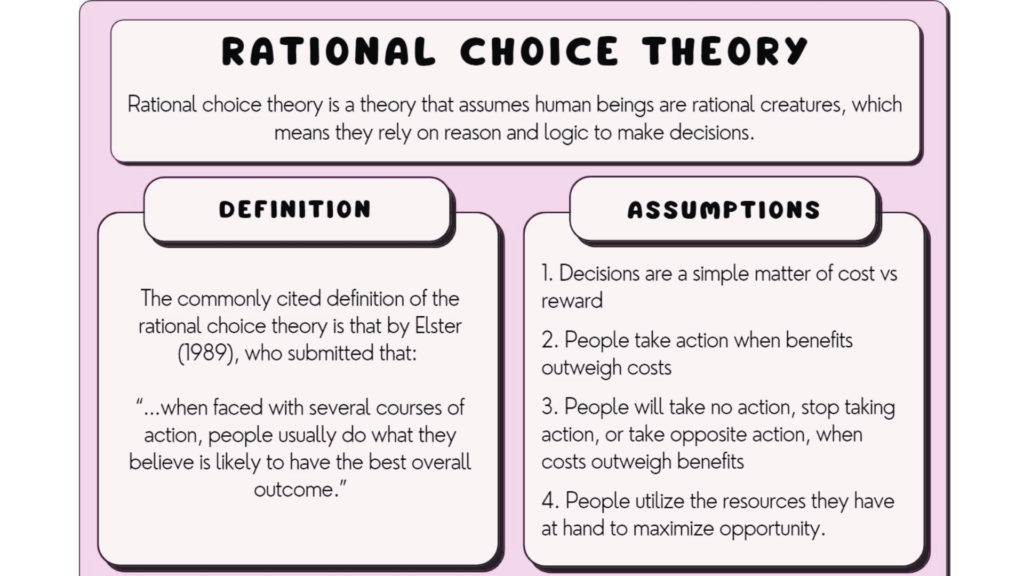
Uplifting Applications of Rational Choice Theory
1. Economics: Fueling Prosperity
- Explains how consumers make savvy decisions (e.g., selecting affordable, high-quality products).
- Guides businesses in creating win-win pricing strategies.
2. Political Science: Amplifying Voices
- Empowers voters to support policies that align with their values and needs.
3. Criminology: Building Safer Communities
- Helps design crime-prevention programs that reduce risks and reward positive
- Choices.
4.Social Work:
- Helps understand how clients make choices regarding resources and services.
- Used to design interventions that encourage positive decision-making.
- Example: A homeless individual evaluates shelter options based on safety and accessibility.
- Psychodynamic Theory in Social Work
- Systems Theory in Social Work
- Social Learning Theory in Social Work
- Psychosocial Development Theory in Social Work
- Social Exchange Theory in Social Work
| Feature | Economics | Sociology | Social Work |
| Focus | Financial decision-making | Social interactions and behaviors | Client decision-making in social services |
| Key Theory | Cost-benefit analysis | Social exchange theory | Resource allocation and support systems |
| Example | Consumer buying a product | Joining a social club for networking | Choosing a rehabilitation program based on benefits and costs |
Applications for Cognitive-Behavioral Therapy
CBT and RCT are a perfect team! Clients learn to spot negative thoughts, test if they’re true, and choose healthier actions. For instance, instead of thinking “I’ll fail,” they might say, “I’ll try my best.” This builds confidence and resilience!
Rational Choice Theory & Social Work: Empowering Clients
Social workers harness RCT’s strengths to foster resilience and hope:
- Client-Centered Insights:
- A resilient survivor of domestic violence may prioritize immediate safety or stability while courageously navigating complex decisions. Social workers apply RCT to break down obstacles—like offering childcare at shelters—and celebrate the empowering benefits of accessing support, fostering hope and long-term security.”
- Strengths-Based Policies:
- Programs like free counseling or housing subsidies reward positive decisions, making healthy choices more accessible.
- Collaborative Growth:
- While RCT focuses on logic, modern social work integrates it with trauma-informed care, creating a balanced, compassionate approach.
Real-Life Examples of Rational Choice Theory in Action
- Business Strategy: Companies adjust product pricing based on consumer demand.
- Voter Behavior: People vote for candidates who promise policies that benefit them.
- Criminal Behavior: Individuals commit crimes if the benefits outweigh the risks.
- Workplace Decisions: Employees switch jobs for better salaries and benefits.
- Social Work Interventions: Clients choose support programs based on personal needs and long-term benefits.

What is rational choice theory drawing?
Rational-Choice Theory of Neurosis
The Rational-Choice Theory of Neurosis suggests that individuals develop neurotic behaviors based on a cost-benefit analysis of their psychological struggles. This perspective is useful in psychotherapy, where understanding the perceived benefits of neurotic behaviors can help in developing effective treatment plans.
Evolving Perspectives: Opportunities for Innovation
- Embracing Complexity: RCT inspires researchers to explore how emotions and culture enhance decision-making.
- Collaborative Models: Blending RCT with behavioral economics creates holistic strategies (e.g., “nudges” for mental health care).
- Addressing Inequities: RCT’s focus on individual choice pairs powerfully with systemic reforms (e.g., policies reducing poverty’s “costs”).
Rational Choice Theory & Behavioral Economics
| Aspect | Rational Choice Theory | Behavioral Economics |
| Strengths | Clear predictions, logical frameworks | Real-world empathy, creativity |
| Synergy | Guides policy structure | Adds compassion to implementation |
| Example | “Designing a fair tax system” | “Simplifying healthcare enrollment” |
How is Rational Choice Theory Used in Behavioral Sciences and Clinical Work?
In behavioral sciences, Rational Choice Theory is used to analyze how people make decisions in different social and psychological contexts. In clinical work, it is applied to understand patient behaviors, develop interventions, and promote mental health awareness. RCT helps therapists design behavior modification strategies that encourage clients to make rational and beneficial choices.
Summary and Resources for Further Learning
Rational Choice Theory helps decode the logic behind decisions. From classrooms to clinics, it’s a tool for positive change. Want to learn more? Check out books like Thinking, Fast and Slow by Daniel Kahneman. For further learning, consider exploring books by Gary Becker, James Coleman, and Amartya Sen, as well as journal articles in social work and behavioral science publications.

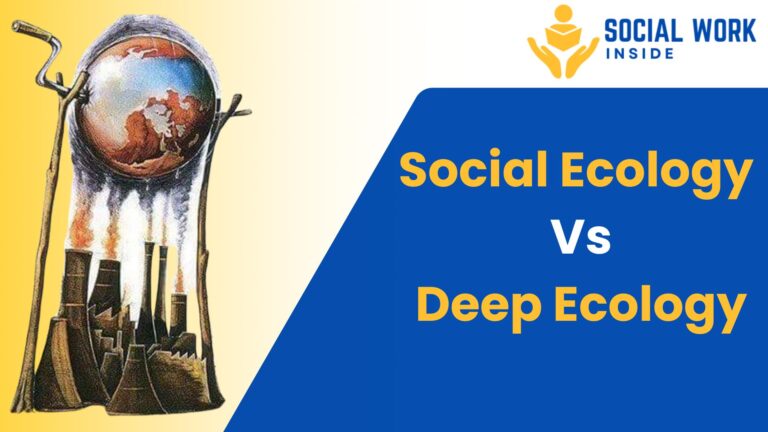
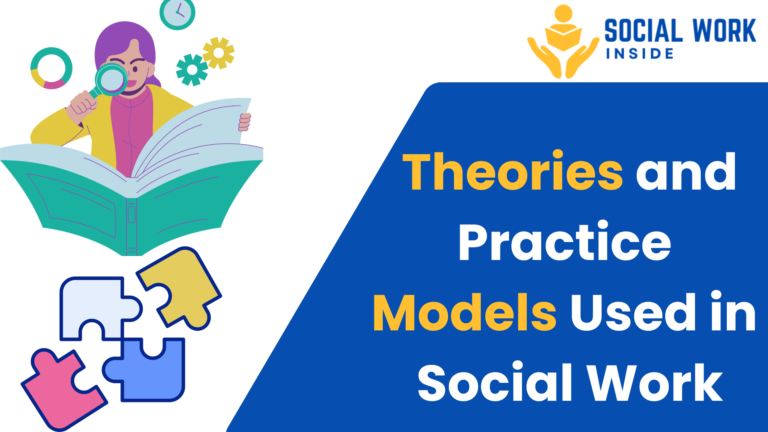

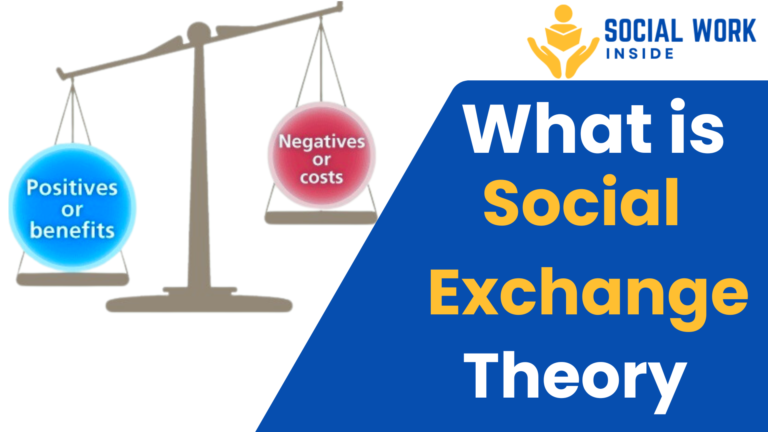


2 Comments